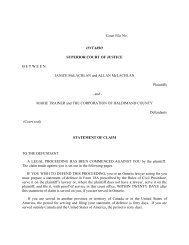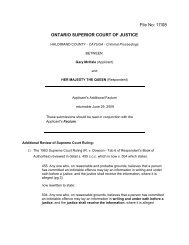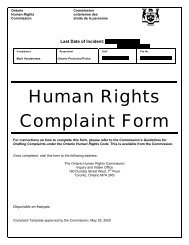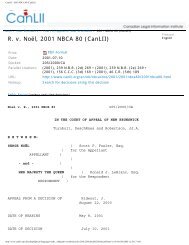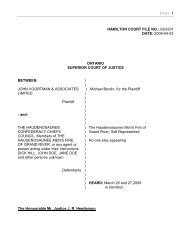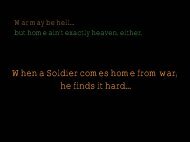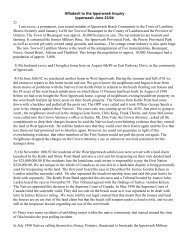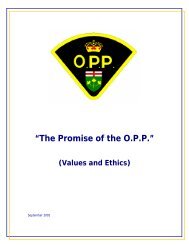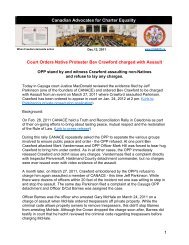Other People's Wars - Caledonia Wake Up Call
Other People's Wars - Caledonia Wake Up Call
Other People's Wars - Caledonia Wake Up Call
You also want an ePaper? Increase the reach of your titles
YUMPU automatically turns print PDFs into web optimized ePapers that Google loves.
<strong>Other</strong> Peoples’ <strong>Wars</strong> – Chapter Oneconnected cells, where individuals with a common background (usually derivedfrom ethnic identity) and some shared experiences can form and reform asrequired. The al Qaeda network is an example of this, although it rather foolishlydeveloped a central node and a semi-rigid planning structure in Afghanistan underthe presumption that the Taliban control of the region guaranteed its safety.Elsewhere in the Middle East, these trends are demonstrated by the rise of groupssuch as Hamas and Islamic Jihad which supplanted rigid older groups like theAbu Nidal Organization. These networks use a mélange of semi-independentcells, fronts and sympathetic organizations that communicate with each other andexchange resources. Instead of a rigid pyramidal structure, hierarchies tend to beflatter, or shallower, which results in quicker response time to threats andopportunities. Also, without a definitive leadership structure, gatheringintelligence on them becomes much more difficult.2. Redundancy in fundraising and political arms: The strength of any internationalterrorist group depends on its funding and political fronts, and they must beprotected by forming loose networks rather than a single organization. Forexample, the Liberation Tigers of Tamil Eelam has one main international frontorganization – the World Tamil Movement – but it spins off dozens of satellitegroups in every host country, and some groups will use names that betray no hintof their origin at all. This allows the illusion of a broad-band of communityactivism when dozens of social, student, human-rights, religious, and businessgroups start campaigning for a particular purpose without any overt reference tothe main organization. Fundraising is equally dispersed, with dozens ofindependent legitimate, quasi-legitimate and illegal operations all being used toraise money, rather than one big single entity that might be vulnerable to legal andcivil action.3. International fundraising techniques : The terrorist groups of the late 1960s andearly 1970s depended heavily on a combination of bank-robbery, hostage takingfor ransom, and foreign sponsorship to pay for their activities. However, the firsttwo activities became increasingly risky for the perpetrators (especially given thehuge improvements in handling hostage situations that developed in the 1970s).Surviving groups are those that diversified their fundraising activities by takingadvantage of their exile/immigrant communities in the Western world, and whoturned to organized crime. The larger communities could be used as a base and aprotective shield for a plethora of enterprises ranging from human trafficking,narcotics, extortion and “war taxes”, business and immigration fraud,counterfeiting, money laundering, and so on. 20 Terrorist groups also utilize thesecommunities to manipulate host governments in the West to provide them withtax dollars to support “cultural” and “social” activities carried out by frontorganizations. Moreover, by hiding behind cultural, social, and human rightsorganizations, a terrorist network can deter or delay unwelcome attention from theauthorities in a host country.20 A prescient study on the diversity of Terrorist fundraising techniques was written by James Adams; TheFinancing of Terror; Simon and Schuster, New York, 1986.14



